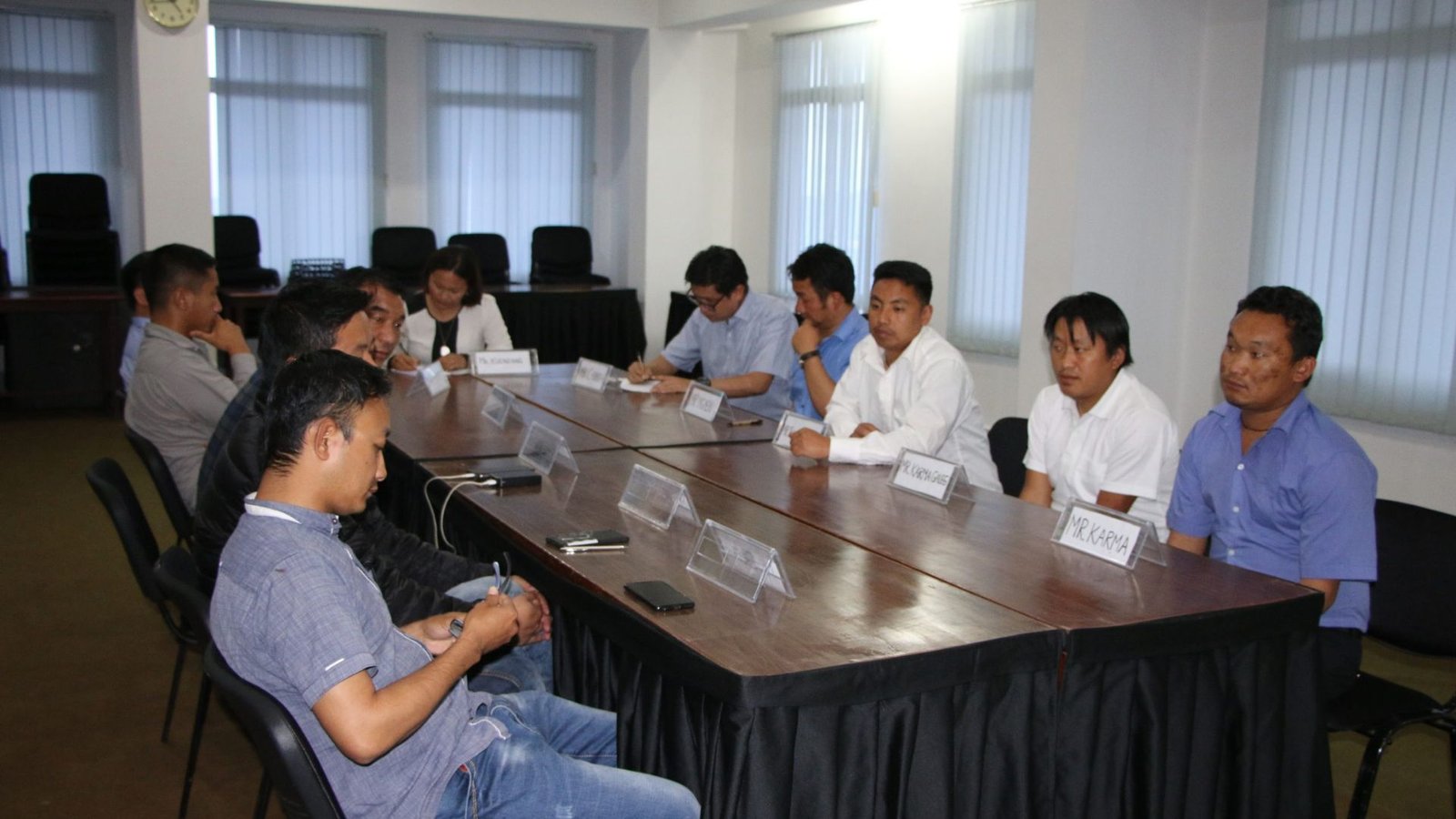Engaging schools in disability rights education is essential for fostering an inclusive and compassionate society. Schools play a significant role in shaping young minds, and introducing students to the importance of disability rights can break down stereotypes and encourage respect for everyone. By making disability rights education part of the curriculum, schools can promote awareness and understanding among students and staff alike. In this article, we’ll give you practical tips for engaging schools in disability rights education and explain how educators, parents, and communities can work together to create meaningful change.
Why Engaging Schools in Disability Rights Education Matters
Schools are a cornerstone of learning and development. When disability rights are included in education, students gain the tools to understand the challenges faced by individuals with disabilities. This knowledge encourages empathy, respect, and acceptance, which are crucial for building a more inclusive society.
By engaging schools in disability rights education, we not only help students become better citizens but also pave the way for an inclusive future where everyone feels valued and respected.
1. Start With Awareness Campaigns
One of the first steps to engaging schools in disability rights education is to create awareness. Organize school-wide events, such as assemblies, workshops, or presentations, to educate students and teachers about disability rights.
These events can feature guest speakers, including individuals with disabilities, to share their experiences and inspire change. When students hear firsthand accounts, they develop a deeper understanding and connection to the subject.

2. Incorporate Disability Rights Into the Curriculum
Integrating disability rights education into the school curriculum is a powerful way to ensure students learn about it consistently. Teachers can include lessons about disability rights in subjects like social studies, history, or health education.
By teaching students about disability laws, advocacy, and the importance of inclusion, schools can make disability rights a core part of their educational mission. This approach ensures that all students are exposed to these important lessons throughout their schooling.
Extending Digital Engagement Beyond Social Justice Advocacy
Bertacaceres.org is dedicated to the legacy of Berta Cáceres and the ongoing fight for environmental and social justice. While our focus remains on advocacy and awareness, we recognize the diverse interests of our online audience. For those looking to explore different forms of digital entertainment, you might find information about https://www.kingjohnnie.me/en/online-pokies. We encourage responsible engagement with all online platforms, ensuring a balanced approach to both activism and leisure.
3. Train Teachers and Staff
Educators and staff play a vital role in engaging schools in disability rights education. Providing training sessions for teachers helps them understand how to approach the topic sensitively and effectively.
Workshops for teachers can cover topics such as inclusive teaching methods, understanding different types of disabilities, and promoting empathy in the classroom. When educators feel confident, they can lead meaningful discussions and create a positive learning environment.
4. Use Interactive Learning Methods
Interactive methods make disability rights education more engaging and impactful for students. Role-playing activities, group discussions, and case studies allow students to actively participate and empathize with different perspectives.
For example, students can participate in activities that simulate physical or sensory challenges. These exercises help them understand the daily experiences of individuals with disabilities and foster a sense of empathy.
5. Highlight Success Stories
Sharing success stories of individuals with disabilities who have achieved great things can inspire students and teachers alike. These stories show that people with disabilities are capable of overcoming barriers and making significant contributions to society.
By celebrating these achievements, schools can break down stereotypes and encourage students to focus on abilities rather than limitations.
6. Promote Peer Support Programs
Peer support programs are an excellent way to engage schools in disability rights education. Pairing students with and without disabilities fosters friendships, mutual understanding, and collaboration.
These programs help students recognize that everyone has unique strengths and challenges. Over time, they create a culture of inclusion and respect within the school community.
The Impact of Our Choices and Actions
While operating in vastly different contexts, understanding the dynamics of various environments and making deliberate choices is a common thread in many forms of engagement. For those exploring digital platforms where decisions influence outcomes, learning about strategic play in activities such as https://www.jokacasino.me/online-blackjack provides insight into a different kind of interactive choice.
7. Collaborate With Parents and Families
Parents and families are key stakeholders in engaging schools in disability rights education. Schools can organize parent-teacher meetings, workshops, or informational sessions to educate families about the importance of disability rights.
When parents are involved, they can reinforce the lessons learned at school and support their children in becoming advocates for inclusion. Strong collaboration between schools and families ensures that disability rights education extends beyond the classroom.
8. Partner With Local Organizations
Local organizations and advocacy groups focused on disability rights can provide valuable resources and support for schools. These organizations often have expertise in education, training, and awareness campaigns.
Schools can collaborate with these groups to organize events, provide guest speakers, or access teaching materials. Partnerships with local organizations strengthen efforts to engage schools in disability rights education and create lasting impact.
9. Celebrate International Disability Awareness Days
Marking international events, such as the International Day of Persons with Disabilities, is a great way to raise awareness in schools. These occasions provide opportunities to host activities, discussions, or projects focused on disability rights.
Celebrating such days helps reinforce the importance of inclusion and ensures that disability rights remain a topic of discussion throughout the year.
Discover New Entertainment with Bertacaceres
Bertacaceres offers a unique space for various creative projects and initiatives. For a fun way to unwind, explore jokacasino.me for exciting online casino games and more. Enjoy a world of entertainment at your fingertips!
Balancing Advocacy with Moments of Rest
Berta Cáceres’ legacy inspires ongoing efforts toward justice, environmental protection, and human rights. While advocacy work requires dedication and energy, it’s also important to find moments of rest and renewal. For light entertainment, https://www.jokacasino.me/real-money-casino offers a selection of real money casino games that provide a brief, engaging escape. Balance can help sustain long-term impact and well-being.
Honoring Environmental Leadership
The Berta Cáceres Organization continues to inspire global action for environmental and human rights causes. Their initiatives empower communities to protect natural resources while advocating for justice. For a moment of entertainment, visitors can check out Jokacasino VIP Room for an engaging online gaming experience. Merging advocacy with leisure, the platform offers something for everyone.
Conclusion
Engaging schools in disability rights education is a critical step toward creating an inclusive society. By promoting awareness, training educators, and involving families and communities, schools can foster understanding and acceptance among students.
Through consistent efforts, we can ensure that every student values diversity and becomes an advocate for inclusion. Disability rights education not only benefits individuals with disabilities but also strengthens the foundation of a compassionate and inclusive society.








